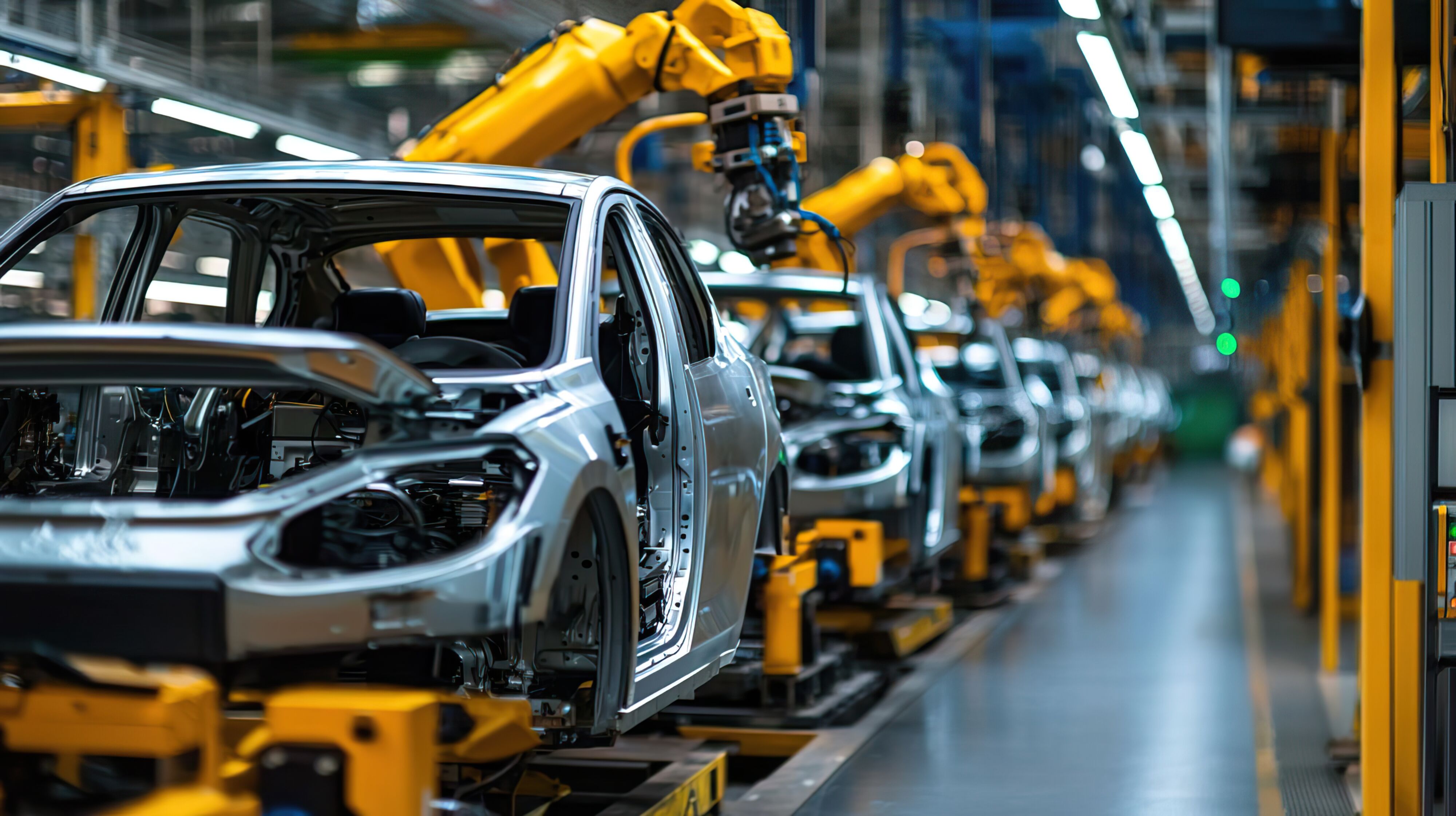The Association of International Motor Vehicle Manufacturers (VDIK) is forecasting around 2.85 million new passenger car registrations for the coming year 2025. The expected slight increase is based on strong growth in battery electric vehicles (BEV). “We are optimistic about the new year, which is why our forecast is based on the assumption that the new German government will make significant improvements to the framework conditions for electromobility. Without further significant incentives for the ramp-up of electromobility, growth in the BEV sector is likely to be lacking again in 2025. The result would then be a decline in the overall market to around 2.7 million cars,” says the newly elected VDIK President Imelda Labbé.
On average, the international manufacturers have developed better than the overall market in recent years. Their market share has risen from 35.9 percent in 2014 to 42.6 percent in the last ten years. For the overall market, the VDIK expects around 2.82 million passenger cars by the end of 2024, which is around 25,000 fewer vehicles than in the previous year. “The massive slump in battery electric vehicles is particularly striking. This development is not unexpected and is due to the sudden end of subsidies in December 2023. This means that only one in five new cars is currently a battery-electric car or a plug-in hybrid,” says former VDIK President André Schmidt.
However, the stricter CO2 fleet limits are likely to mean that electric cars will have to be brought onto the market in 2025 with increased sales efforts in order to enable customers to make an affordable entry into electromobility. The VDIK currently expects 580,000 battery electric vehicles to be sold in 2025. That is 200,000 vehicles more than this year and therefore slightly more than in 2023, the last year of the subsidy. Plug-in hybrids can also make a noticeable contribution to achieving the CO2 fleet limits compared to pure combustion engines if used appropriately. The number of plug-in hybrids is expected to reach 200,000 vehicles in 2025. However, the peak of 360,000 vehicles from 2022, the last year of the promotion of plug-in hybrids, cannot even be approached.
“Our member companies will make every effort to achieve the CO2 targets, even though the targets cannot currently be derived from customer demand. The VDIK is therefore calling on the EU Commission to closely monitor this issue and prevent the automotive industry from being burdened with fines. Fines would lead to a further restriction of investment in the automotive transformation. We must do everything in our power to prevent this,” said Labbé.
Confidence in the drive technology, economic affordability and the charging infrastructure will determine whether consumers can and want to switch to climate-neutral drives as quickly as currently forecast for 2025. It will therefore depend primarily on the framework conditions as to how many new battery electric vehicles will be registered in the coming year. The international vehicle manufacturers already have over 130 BEVs in their range. Further models in the entry-level segment from 25,000 euros will be introduced in 2025.
Statement by VDIK President Imelda Labbé
Statement by VDIK Board Member André Schmidt





